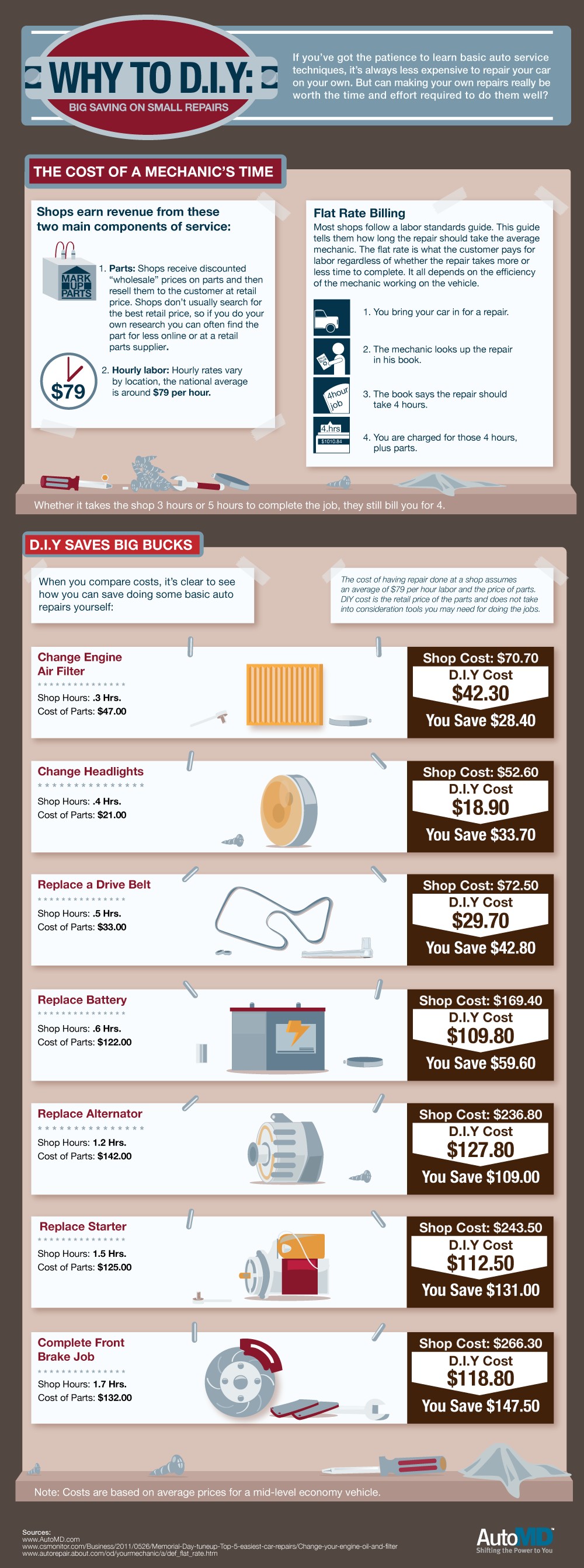Recognizing Your Auto'S Warning Lighting: What Do They Truly Mean?
Recognizing Your Auto'S Warning Lighting: What Do They Truly Mean?
Blog Article
mkg wash and clean Composed By-Termansen Winters
When you're behind the wheel, those glowing warning lights on your dashboard can be a little bit difficult. Do you know what they're attempting to tell you regarding your car's wellness? Understanding the significance of these lights is crucial for your security and the long life of your vehicle. So, the next time among those lights turns up, wouldn't you want to decode its message properly and take the essential actions to address it?
Common Warning Lights and Interpretations
Identify typical warning lights in your cars and truck and comprehend their definitions to ensure safe driving.
The most typical caution lights include the check engine light, which indicates problems with the engine or discharges system. If this light begins, it's important to have your lorry examined promptly.
The oil stress warning light indicates low oil stress, calling for immediate attention to stop engine damage.
https://chassispartscar94050.blogscribble.com/31273827/the-result-of-vehicle-outlining-on-resale-worth-findings-from-various-researches blinking battery light might recommend a damaged charging system, potentially leaving you stranded if not addressed.
The tire pressure surveillance system (TPMS) light informs you to low tire stress, affecting lorry stability and fuel effectiveness. Ignoring this can cause harmful driving problems.
The ABS light suggests an issue with the anti-lock stopping system, compromising your capability to quit swiftly in emergencies.
Finally, the coolant temperature alerting light warns of engine getting too hot, which can lead to severe damages if not resolved quickly.
Understanding these typical caution lights will certainly help you address concerns immediately and maintain safe driving conditions.
Value of Prompt Interest
Recognizing the usual warning lights in your auto is just the initial step; the relevance of immediately dealing with these warnings can't be stressed enough to ensure your security when traveling.
When a caution light brightens on your control panel, it's your vehicle's method of connecting a possible concern that needs focus. Overlooking these cautions can bring about extra severe troubles later on, endangering your safety and security and possibly costing you a lot more in repairs.
Trigger focus to alerting lights can protect against malfunctions and accidents. For example, a blinking check engine light could indicate a misfire that, if left ignored, could trigger damage to the catalytic converter. Resolving this quickly can conserve you from a pricey repair service.
In a similar way, a brake system cautioning light could signify low brake fluid or worn brake pads, crucial components for your security when driving.
DIY Troubleshooting Tips
If you see a warning light on your control panel, there are a couple of do it yourself troubleshooting ideas you can try before seeking specialist aid.
The primary step is to consult your auto's manual to understand what the details caution light shows. In some cases the concern can be as simple as a loosened gas cap activating the check engine light. Tightening the gas cap may deal with the issue.
Another common concern is a reduced battery, which can cause various cautioning lights. Checking https://wgntv.com/automotive/spend-less-at-the-pump-with-these-fuel-saving-tips/ for rust and guaranteeing they're safe could repair the trouble.
If a caution light lingers, you can try resetting it by separating the cars and truck's battery for a few minutes and afterwards reconnecting it. In addition, inspecting your car's liquid levels, such as oil, coolant, and brake fluid, can help troubleshoot alerting lights associated with these systems.
Conclusion
To conclude, recognizing your car's warning lights is crucial for keeping your vehicle running efficiently and safely. By promptly resolving these alerts and understanding what they indicate, you can stay clear of costly repairs and prospective breakdowns.
Bear in mind to consult your automobile's manual for specific details on each warning light and do something about it appropriately to ensure a trouble-free driving experience.
Keep notified, remain secure when driving!
